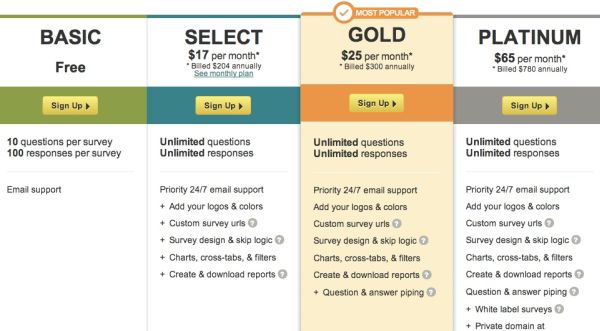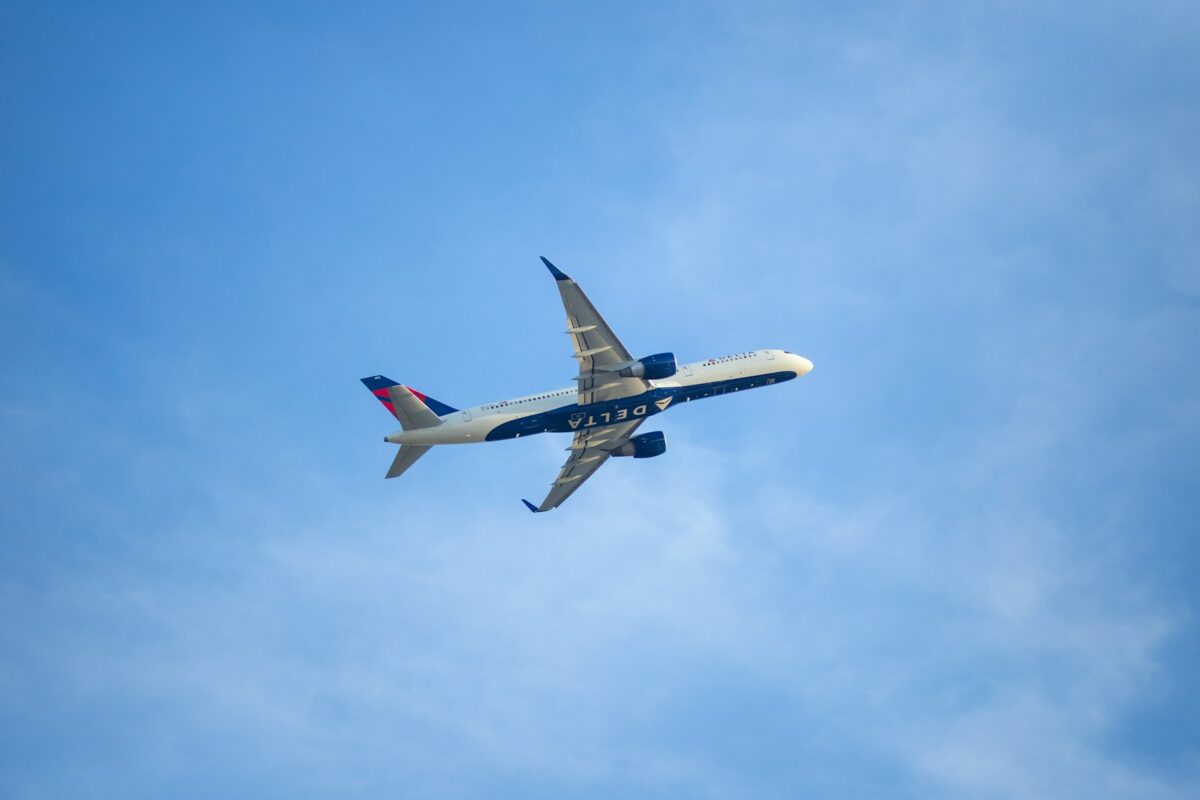Most of us are ignorant about prices. Experiments have shown that people will:
- Pay more for an item priced at $39 than one priced at $34
- Spend more when the dollar sign is removed (1,500 vs. $1,500) and more again if the comma is removed (1500 vs. 1,500)
- Think that prices written in a smaller font are less than the same price written in a larger font.
- Buy relatively more premium-priced beer than standard-priced beer if a third super-premium beer is added to the choices on offer but buy relatively less premium-priced beer if a cheaper beer is added to the mix
- Pay a lot more for any particular brand of beer when it’s being sold in a fancy hotel than if it’s being sold somewhere less fancy like a grocery store
(Good summaries of these and other examples can be found here and here.)
What is a marketer to do when faced with such ignorance? There’s economic reward to be gained by devising pricing and payment strategies that confuse the hapless consumer into handing over more money. But what about the impact on brand reputation?
Unbundling: Unbundling means pricing items or services separately rather than as part of a package. It’s been a lifesaver for the airline industry generating a lot of additional revenue. (Spirit generates almost 40% of its revenue from these non-fare fees.) Consumers hate these fees but pay them anyway because they shop on fares and just grumble about the add-ons. That makes the economics too compelling for airlines to ignore whatever the cost to the brand. Southwest is an exception. With a brand built on being a consumer champion and acting differently from the main carriers, it’s committed itself to a no-added-fee strategy and has made that an important part of its overall marketing message. It’s cost them a bundle but, in this case, adding the fees would have been off-brand and even more damaging to its reputation than it’s been for other carriers.
Comparative Pricing: People find it difficult to assess value without a frame of reference. That’s why comparative pricing is so commonplace. Whether it’s sale prices (30% off) or competitor price comparisons (30% less than the other guys), marketers position their product as being good value compared to something else. These strategies are a core part of the marketing arsenal and are proven effective. The risk is brand dilution and commoditization—too much price discounting or focus on price can cheapen the brand. One flavor of comparative pricing with little brand risk is anchor pricing. This has become standard practice for software solutions with typically three tiers of pricing, a basic tier (often free) with limited options, a top tier with every conceivable bell and whistle and a middle tier that most people choose because it seems, in comparison to the two extremes, to be the best choice. As you can see from the SurveyMonkey example below, the desired choice is often helpfully drawn to your attention.

Automatic Payment: Automatic payments are why you’re still getting that magazine every week that you never have time to read. They are popular because they are convenient but also because they help people avoid even having to think about prices. It’s one factor that’s helped fuel Uber’s success. Rather than sit in a taxi and watch the meter click higher and higher, Uber has your credit card and that’s all it needs. No physical payments. No worries.
Dynamic Pricing: On the other hand, Uber has eroded its customers’ peace of mind by embracing surge pricing (aka dynamic pricing). When the same trip can cost different amounts at different times of day, that becomes something you have to think and worry about. Dynamic pricing boosts revenue but it has a cost in terms of impacting people’s trust in the brand.
Flat Pricing: Uber’s surge pricing model has given competitors an opportunity to differentiate themselves. Wingz offers an Uber-like service, taking people to and from airports but offers a flat-fee that brings back peace-of-mind to its customers. Sometimes simplicity and transparency that consumers will always say that they want will actually work out to be the best approach.
The Blake Project Can Help: The Brand Positioning Workshop
Branding Strategy Insider is a service of The Blake Project: A strategic brand consultancy specializing in Brand Research, Brand Strategy, Brand Licensing and Brand Education




